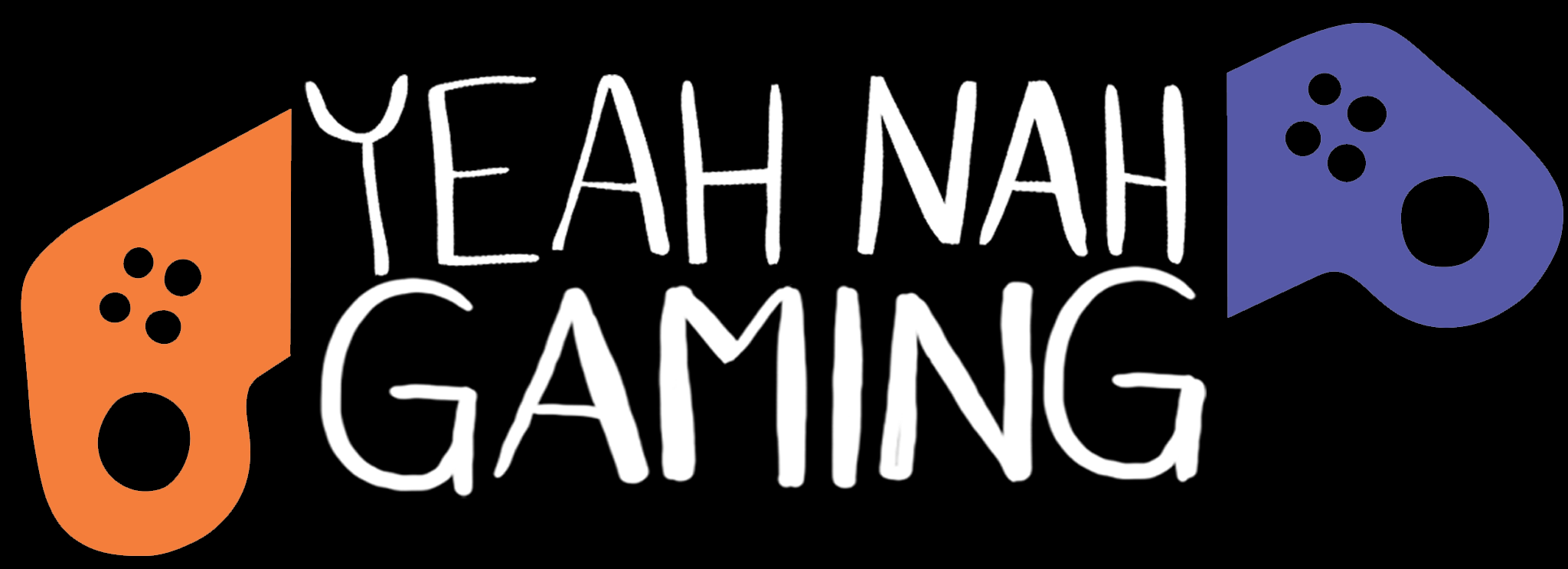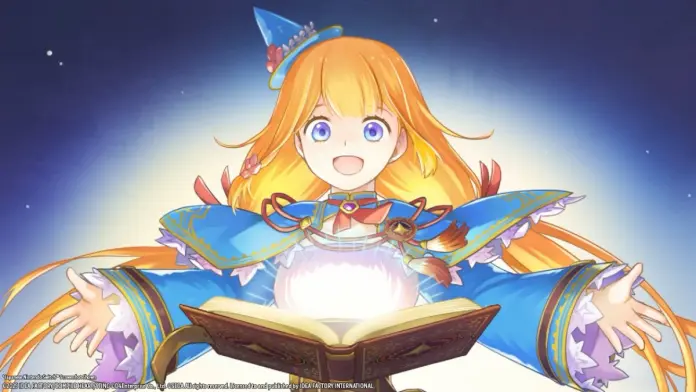Going into Mado Monogatari: Fia and the Wondrous Academy, I didn’t know that it was part of the same series as the delightful (and delightfully goofy) Sorcery Saga: Curse of the Great Curry God. (“Mado Monogatari” is the decades-old Japanese name, but Sorcery Saga was the first international release, and that was the localised name.) I’m sure there are reasons for not sticking with the Sorcery Saga name, but whatever the case, Great Curry God is popular enough among dungeon crawler fans that brand recognition could have helped get a bit more attention on Wondrous Academy. On the other hand, maybe it’s better that they didn’t share a name—Wondrous Academy is a serviceable enough game in its own right, but not nearly what a Curry God successor should be.
The game begins with the comically absent-minded Fia showing up late on her first day at the Ancient Magic Academy, despite her lifelong dream of becoming a Great Mage like her grandmother. Between her tardiness and the eccentric behaviour of a few other new students, the enrolment ceremony goes completely awry—in the over-the-top, slapstick fashion typical of Compile Heart—while also setting the scene for unlikely friendships and plenty of schoolyard chaos.

The problem is that it just doesn’t land. I’m extremely here for irreverent, exaggerated, goofy anime nonsense of this ilk. But comedy is a fickle thing, and as much as Wondrous Academy channels that style of humour, weak setups and a stilted script mean the jokes rarely hit. That opening scene sets the tone for the rest of the game, with humour that comes across as forced and jokes that fall flat as a result. It’s a shame, because when it finally gets going, Wondrous Academy does tell an enjoyable enough tale. It’s nothing groundbreaking, but the characters become at least a little bit interesting and likeable once their real personalities start to show through the poorly-crafted jokes.
Game design is similarly underwhelming—not outright bad, but lacking in substance. Wondrous Academy is a dungeon crawler, but it trades in the Mystery Dungeon-influenced mechanics of Curry God for a more generic setup of real-time exploration and isolated encounters. Each dungeon expedition has a series of procedurally-generated floors with various items and whatnot to find, and enemy symbols that trigger an encounter. Battles are semi-real-time in that you can move and use your basic attack freely, but special moves are tied to an ATB system.

In practice, there just isn’t really much to it. Using a regular attack temporarily pauses your ATB, which on paper sounds like an interesting strategic dynamic—do you want to spam attacks at the cost of fewer opportunities to use special moves?—but special moves are so much more powerful that there’s almost never a good reason to use basic attacks. Special attacks also generate elemental symbols which charge up powerful super moves, adding another reason to never stop cycling specials for the sake of some flimsy basic attacks. And that… is really all there is to combat. It’s functional, but far from remarkable.
Dungeon exploration is much the same—functional but unremarkable. The maps are small enough that it never takes long to fully explore a floor, and even with a light resource management element, there’s rarely a reason to rush to the end. Items mostly come in the form of recovery items and crafting materials, which are always useful but rarely game-changing or exciting. Outside of dungeons, there are some rudimentary crafting, farming, cooking, and fishing systems, but they don’t add much. More powerful equipment can be worth crafting, but everything else is largely rendered moot by how plentiful items are in dungeons.

Contrast this with Curry God, where more meaningful resource management, more dynamic on-field combat, and more useful items make dungeon exploration far more tense and exciting. Sure, Curry God was derivative, sticking closely to a formula that’s been refined over decades by Spike Chunsoft’s Mystery Dungeon games (and countless other games inspired by it), but that’s what made it work. Wondrous Academy, by contrast, tries to break out from that formula, losing much of what made its predecessor interesting in the process.
But it’s called “Mado Monogatari”, not “Sorcery Saga”, so maybe comparing this game and the one that indirectly came before it isn’t fair. Even when you just take this game on its own merits without comparing it to others, Mado Monogatari: Fia and the Wondrous Academy never becomes more than just OK. It’s functional. Dungeon crawler fanatics who’ve run out of other games to play might get a couple dozen hours of mild entertainment from it, if they can suffer through the flailing attempts at humour.
Version tested: Nintendo Switch, played on Nintendo Switch 2.
Review code provided by the publisher.
Mado Monogatari: Fia and the Wonderful Academy is a serviceable dungeon crawler at best, where the only thing that stands out are its weak attempts at humour.

